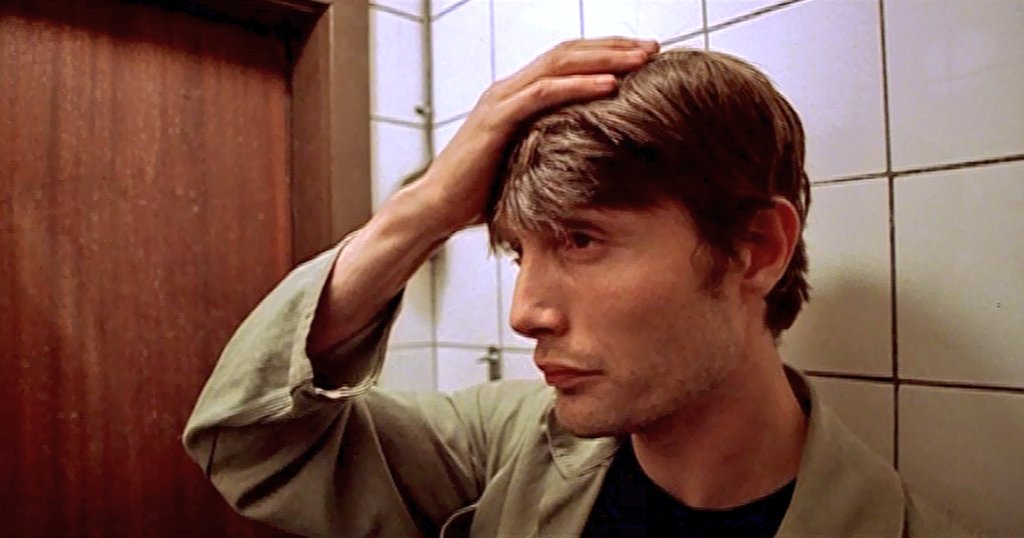
Year after year, more movies are made and more movies are eligible to become classics. Here on this list you will find a variety of movies – in terms of genre, decade, style – that earned the title of classics; whether they left the mark through aesthetically pleasing shot compositions, detailed and flawless screenplays or unforgettable performances in front of the camera, they all deserve to be classic, because they stuck in the cinematic imaginary perfectly and never left.
1. Branded to Kill (1967)
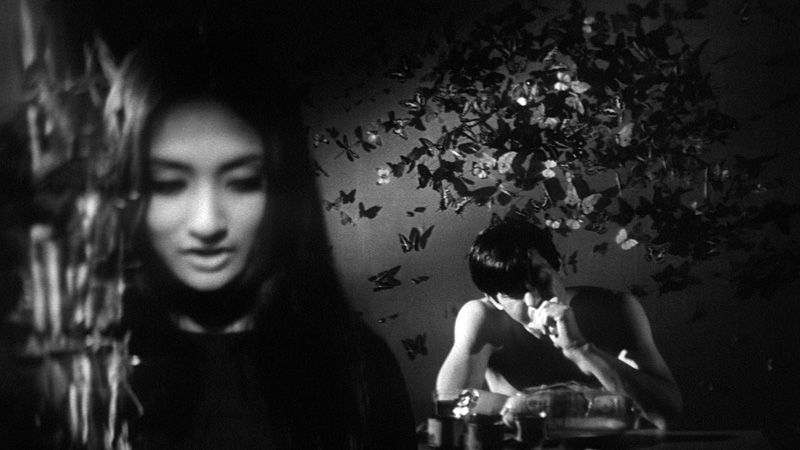
Directed by Seijun Suzuki and produced by the Nikkatsu Company, “Branded to Kill” reinvents the yakuza genre with the use of an avant-guard aesthetic and a surrealist undertone. Considered today a cult classic, the movie didn’t perform well when it was released in 1967 and, due to a conflict between the director and the production company, Suzuki was subsequently fired. Supported by student groups and fellow filmmakers, the director sued Nikkatsu and became a counter-culture icon in Japan, after being blacklisted for more than 10 years. Goro Hanada (Joe Shishido) is third in the ranking of the best hitman in the Japanese criminal environment. With his wife Mami (Mariko Ogawa), he flies to Tokyo and he meets former hitman Kasuga (Hiroshi Minami): now working as a taxi driver, he wants back into the old “business.” Hanada agrees and the three of them move to meet Michihiko Yabuhara (Isao Tamagawa), a yakuza boss who hires them to protect and escort a client during a trip. The situation will soon escalate.
“Branded to Kill” is a pleasure for the eyes. The aesthetic is rendered through a fantastic use of the black and white, perfect camera movements and a complete deconstruction of the cinematic grammar; moreover the editing is chaotic, non-chronological and featuring jump cuts. Moreover, the movie is very effective in its deconstruction of the noir genre; while certain themes like sex and violence remain, they are pushed to the limits. For instance, Hanada’s sexual appetite resembles other characters like James Bond, this time, though, drenched in oddity. In fact, the third ranking hitman gets aroused by sniffing boiled rice, nothing less! One last astonishing fact about this classic: many scenes were created the night before the shooting or directly improvised on set the same day. Counter-cultural classic cinema.
2. The Trip (1967)
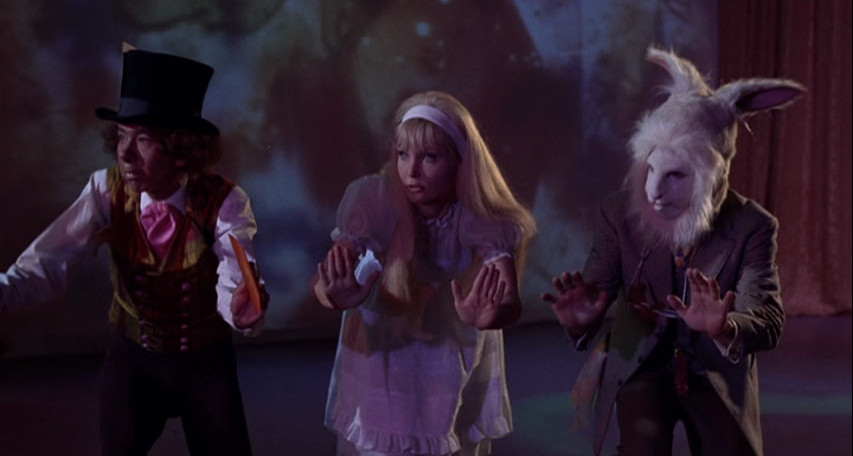
Don’t expect one of those hyperbolic and completely mystified Hollywood movies about drugs and teenagers, usually accompanied by cheap moralism and biased point of views. “The Trip” is something else, as you can see from the craftsmanship behind this LSD infused, countercultural classic. Directed by Roger Corman and written by none other than Jack Nicholson, this low budget psychedelic adventure will amaze you for its realistic depiction and its cultural atmosphere; given the familiarity with hallucinogenics of many people who worked on this movie, you couldn’t expect anything better than this.
Paul Groves (Peter Fonda) works as a television commercial director; his life is in a transitional period, emotionally challenged by his divorce from an adulterous wife. With the help of John (Bruce Dern), who will be his guide, Paul decides to take LSD for the first time. However, during the trip, he escapes from John, running away. As the LSD keeps going, Paul will think about his life and meet other characters, including his second guide Max (Dennis Hopper).
“The Trip” is the classic movie that brings you back in time. It’s not only about the old scenography, props and costumes, it’s the atmosphere that emanates as the movie progresses that is so special. It’s like being there in sunny California, with the Summer of Love finally arrived and everything that comes with it: counterculture, drugs, life-changing ruptures. Other than that, Corman is always amazing behind the camera, the screenplay is just top notch and realistic and the actors are all flawless in their acting. Considered a cult in the psychedelic movement, “The Trip” is also a classic movie that acts as a perfect time machine. Groovy!
3. The Third Part of the Night (1971)
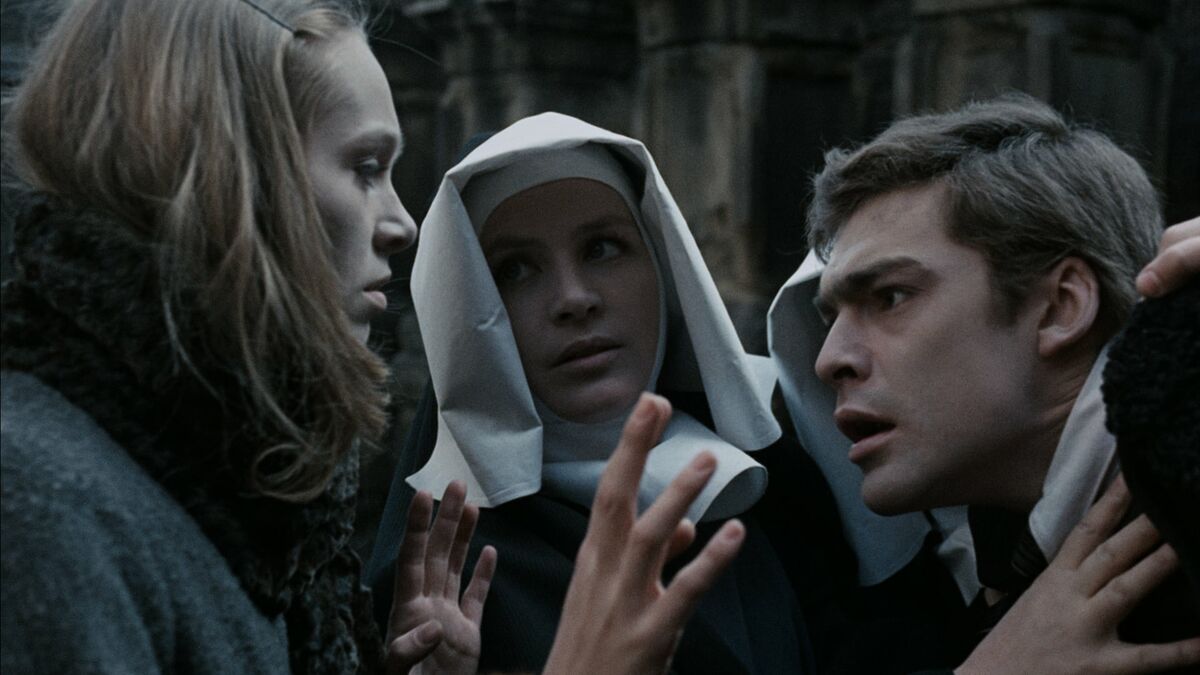
Directed by the Polish master Andrzej Żuławski and written in collaboration with his father Mirosław, “The Third Part of the Night” is a horror movie that mixes avant-garde aspects and a psychological undertone. It debuted at the Venice Film Festival in 1971, but didn’t contend since the Festival was not competitive from 1969 until 1979. World War II. Poland is occupied by Nazi Germany. Michal (Leszek Teleszyński) escapes death by hiding in a forest with his father (Jerzy Goliński), while witnessing Nazi soldiers murdering his wife, son and mother at their home. After the horrific experience, Michal decides to take up arms and to join the resistance against the occupiers. However, before having his first meeting with the freedom fighters, Michal is chased and forced to run, after his intermediary is killed by the Gestapo. He finds refuge in an apartment, where he helps a woman giving birth. Surprisingly, she is a doppelgänger of Michal’s wife. From now on, madness will reign in Michal’s life.
Inspired by real life events experienced by Żuławski’s father when he was working at the Weigel Institute in occupied Lviv, “The Third Part of the Night” presents us with a piercing and horrific description of war and the violence it propagates. The viewer is not spared from the gory details, with body horror elements that reinforce the sheer terror of World War II. If that wasn’t enough, the horror is not only physical, but also psychological; the atmosphere becomes dark and dreamlike, totally capturing the characters. The technical aspect shouldn’t even be mentioned; despite being his debut film, Żuławski is already tasteful in his choices: cast, cinematography, screenplay. Everything is in the right place. Don’t waste time. Add this to your classic watchlist!
4. Love and Anarchy (1973)
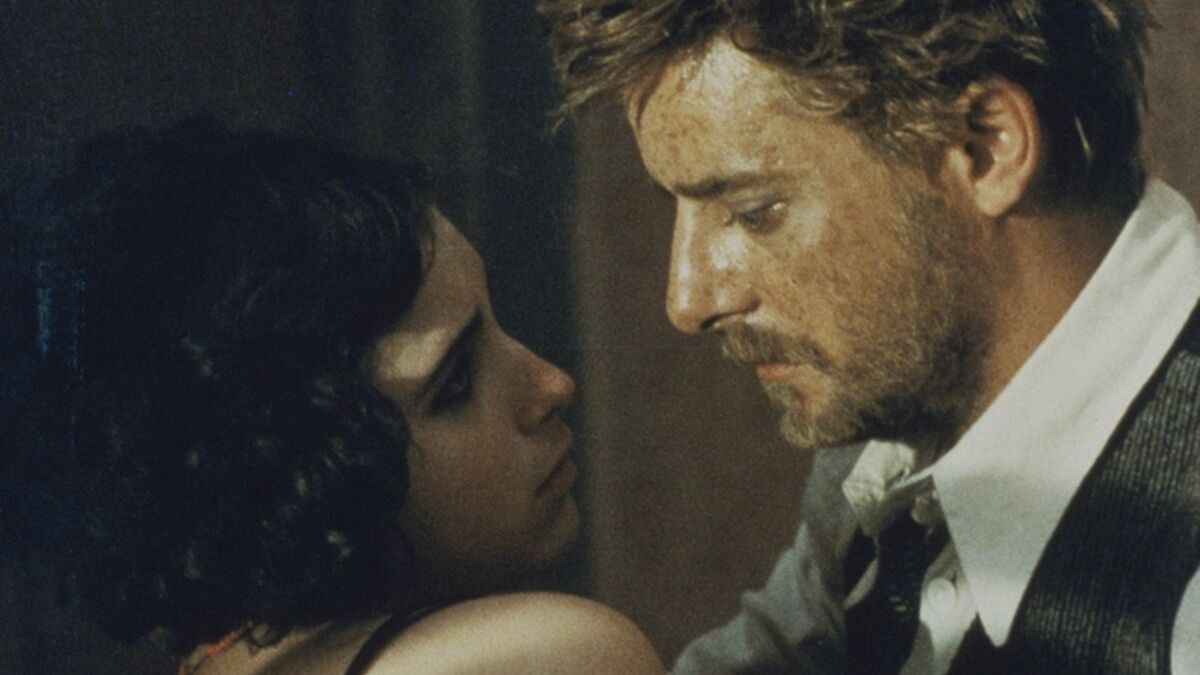
Written and directed by the late Lina Wertmüller and starring Giancarlo Giannini and Mariangela Melato, “Love and Anarchy” is a political satire with strong feminist undertones that tackles the relationship between the private and the political, while at the same time proposing a critical view of the fascist regime in Italy. It was nominated for the Palme d’Or at the 1973 Festival de Cannes; Giannini won the prestigious French award for Best Actor. Antonio Soffiantini, nicknamed Tunin (Giancarlo Giannini), finds out that his anarchist friend has been killed by the fascist police, while planning on killing Mussolini. As a consequence, Tunin decides to go to Rome, to keep going with his friend’s mission of assassinating the dictator. Once in Rome, Tunin is hosted in a brothel and gets to know two prostitutes, Salomè (Mariangela Melato) and Tripolina (Lina Polito). He will fall in love with Tripolina while Salomè will help him continue his mission. Will Tunin succeed and avenge his friend?
“Love and Anarchy” is magisterially directed and written by Wertmüller: the plot, the dialogues, the dynamic, everything is in its perfect place. At the same time, the cinematography by Giuseppe Rotunno is perfect in conveying the grey and joyless everyday life within the fascist regime in Italy; the colors are dull, faded and almost without life. Moreover, the performances by Giannini, Melato and Polito are just spotless and they tend to elevate and compliment the great substance of the movie: the intersection between the personal interests and the political ones, between the microcosm of everyday life and the weight of history in the making. “Love and Anarchy” celebrates those anonymous characters that took part in the fight against fascism but were never acknowledged by the history books. A movie for those who don’t take freedom for granted!
5. Jabberwocky (1977)
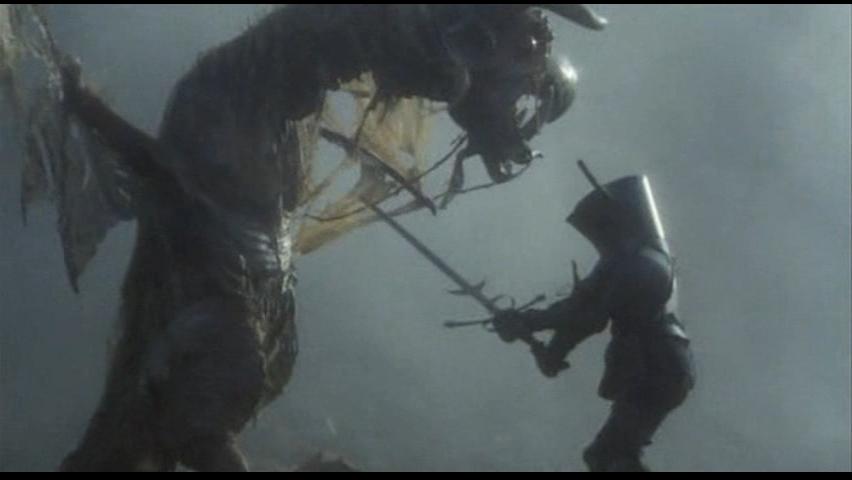
Directed by Terry Gilliam and written in collaboration with Charles Alverson, “Jabberwocky” is the debut film from the American-born British director. Based on the homonymous poem by Lewis Carroll – contained in the sequel of “Alice’s Adventures in Wonderland” titled “Through the Looking-Glass” – this movie mixes comedic and slapstick scenes with a fairy-tale atmosphere. Dark Ages. During the reign of King Bruno the Questionable (Max Wall), a terrible monster is roaming around villages and forests, ravaging everything. In one of those villages, Dennis Cooper (Michael Palin) is looking to become a cooper; after Dennis is disinherited by his dying father, he decides to travel to the capital city, in search of a new chapter of his life. At the same time, Dennis is in love with the fellow villager Griselda Fishfinger (Annette Badland), who does not reciprocate the feelings. The future will reserve unexpected consequences for Dennis.
Often paired with “Monty Python and the Holy Grail” (1975) for its medieval setting, “Jabberwocky” is everything you would expect from Terry Gilliam: mad, funny, nonsensical and thought provoking. At the same time, certain political themes that will become more and more relevant in Gilliam’s future career are present here; the criticism of a stale and rusty bureaucracy, in this case represented by King Bruno’s problematic reign. Aside from the criticism of bureaucracy, the movie also describes how merchants and priests profit from the crisis created by the monster and how they had no intention of contributing to the safety of the city. A classic that should be rediscovered!